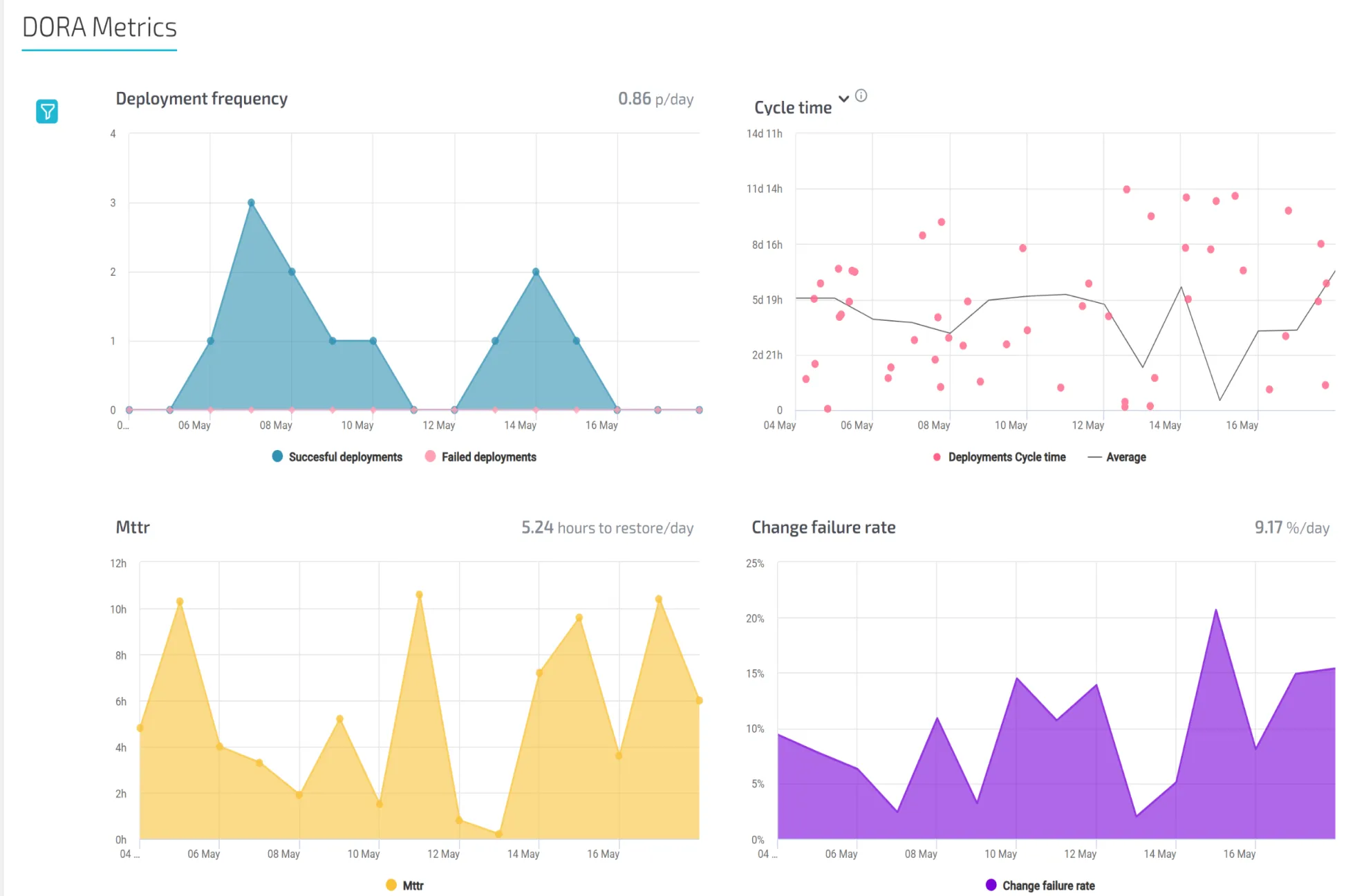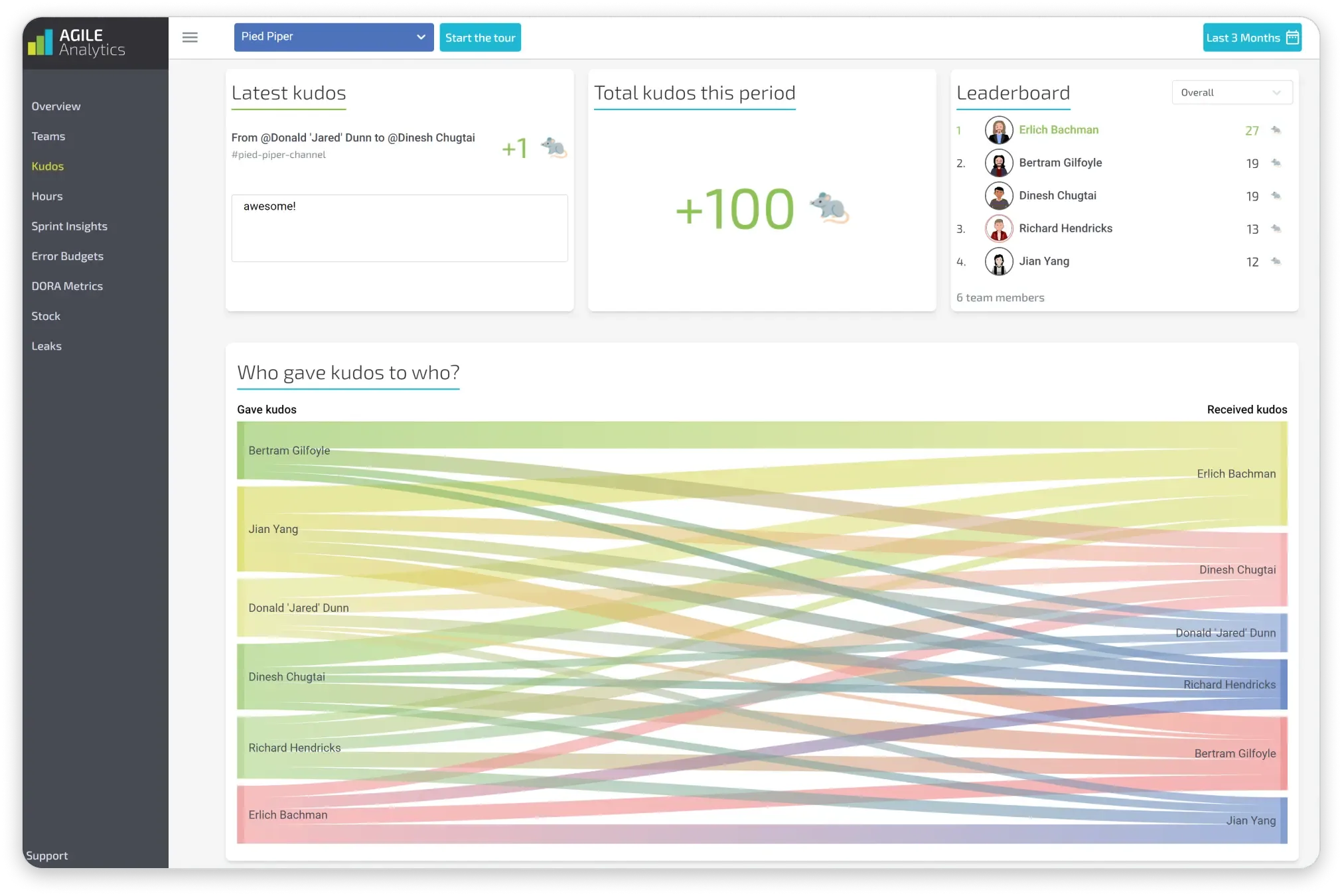How to Collect Data on Developer Experience

Published on 7 February 2025 by Zoia Baletska

Understanding and improving developer experience (DevEx) requires collecting meaningful data to identify pain points and opportunities for enhancement. By leveraging various data collection methods, organizations can create a more efficient and satisfying environment for their development teams.
Conduct Developer Surveys
Surveys provide direct insights into developers' pain points, preferences, and satisfaction levels. Use tools like Google Forms or Typeform to ask targeted questions about workflow efficiency, tool satisfaction, and collaboration challenges. Surveys can include:
-
Multiple-choice questions to quantify common issues.
-
Open-ended questions for qualitative feedback.
-
Rating scales to measure overall satisfaction.
Benefits: Surveys provide direct, structured feedback and are easy to distribute.
Drawbacks: They can suffer from low response rates and potential bias in responses.
Analyze Development Metrics
Quantitative data from development processes can provide objective insights. Metrics such as cycle time, deployment frequency, and change failure rates are valuable indicators of DevEx. Platforms like Agile Analytics offer comprehensive dashboards with DORA metrics to track key performance indicators.
-
Cycle Time: Measures how long it takes for code to go from development to production.
-
Lead Time for Changes: Tracks how quickly new code is delivered.
-
Change Failure Rate: Indicates the stability of new deployments.

Benefits: Objective, data-driven insights help pinpoint inefficiencies.
Drawbacks: Requires tool integration and may miss qualitative aspects of experience.
Conduct One-on-One Interviews
Interviews allow for deeper exploration of issues faced by developers. Conducting regular feedback sessions helps uncover insights that surveys may not capture. Consider structuring interviews with questions like:
-
"What aspects of your workflow hinder productivity?"
-
"How do you feel about the current toolchain?"
-
"What improvements would make your work easier?"
Benefits: Personalized insights with rich, detailed feedback.
Drawbacks: Time-consuming and may introduce interviewer bias.
Leverage Observational Studies
Observing developers in their daily work helps identify inefficiencies that may go unnoticed in self-reported data. This can be done through:
-
Shadowing developers as they work.
-
Reviewing recorded coding sessions.
-
Analyzing workflow patterns and tool usage.
Benefits: Provides real-world, unbiased insights.
Drawbacks: Can be intrusive if not handled carefully.
Monitor Collaboration and Feedback Channels
Platforms like Slack, GitHub, and Jira provide valuable data on collaboration and bottlenecks. Analyzing communication patterns, PR review times, and common issues raised can highlight friction points.
-
Kudos for Collaboration: Tools like Agile Analytics' Kudos feature can highlight successful team interactions and areas that need improvement.
-
Issue Tracking: Analyze recurring themes in bug reports and support tickets.

Kudos in Agile Analytics
Benefits: Real-time data collection from natural work interactions.
Drawbacks: Requires data processing and filtering to remove noise.
Utilize Anonymous Feedback Channels
Providing a way for developers to share honest feedback anonymously can uncover concerns they may hesitate to voice publicly. Consider using tools like Officevibe or dedicated anonymous forms.
Benefits: Encourages open and honest feedback.
Drawbacks: Lack of follow-up opportunities for clarification.
Summary and Recommendations
Collecting data on developer experience involves a combination of qualitative and quantitative methods. By leveraging surveys, metrics, interviews, and collaboration analytics, organizations can gain actionable insights to enhance DevEx. Platforms like Agile Analytics provide the necessary tools to streamline data collection and drive improvements.
Start measuring DevEx today to empower your development teams and boost productivity!
Supercharge your Software Delivery!
Implement DevOps with Agile Analytics
Implement Site Reliability with Agile Analytics
Implement Service Level Objectives with Agile Analytics
Implement DORA Metrics with Agile Analytics





